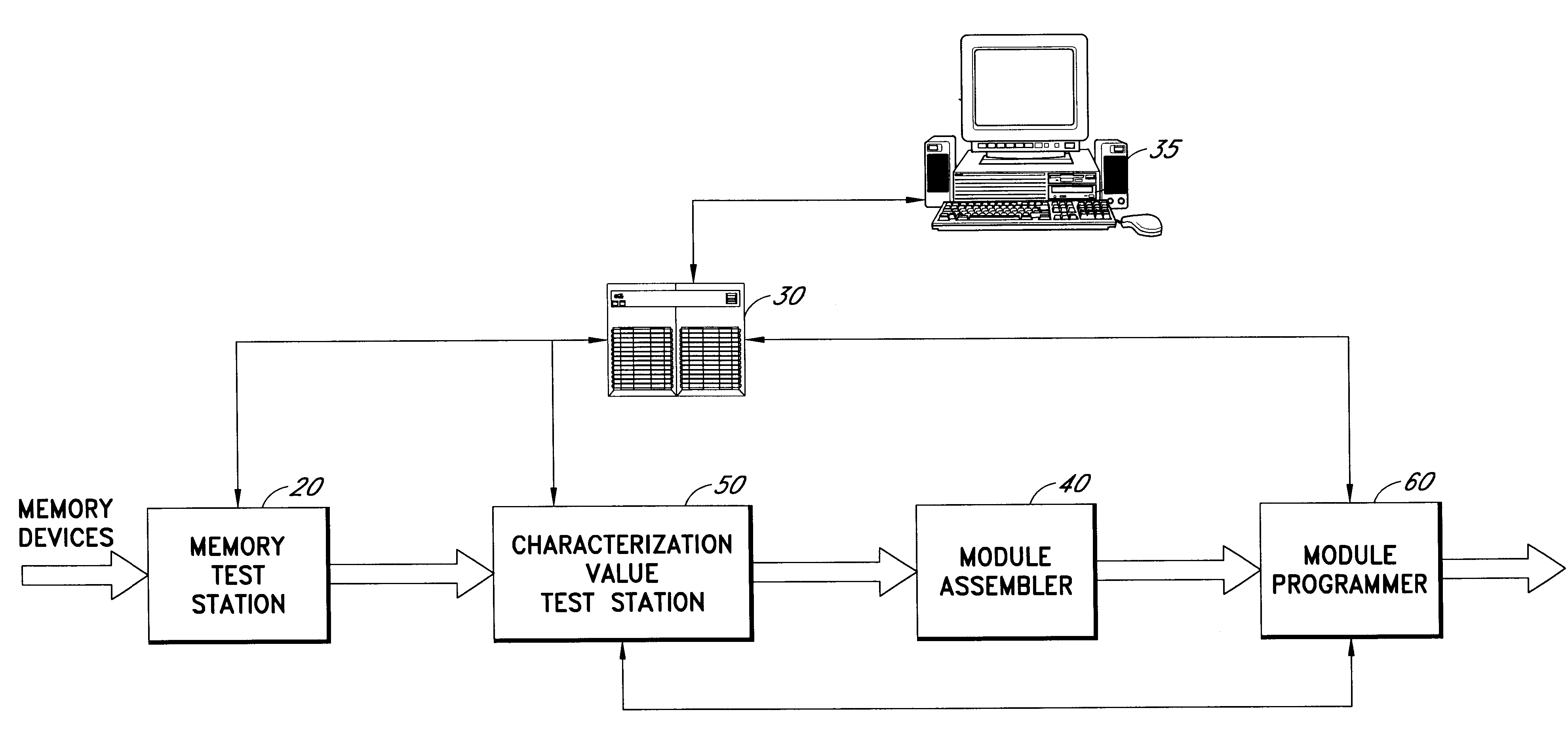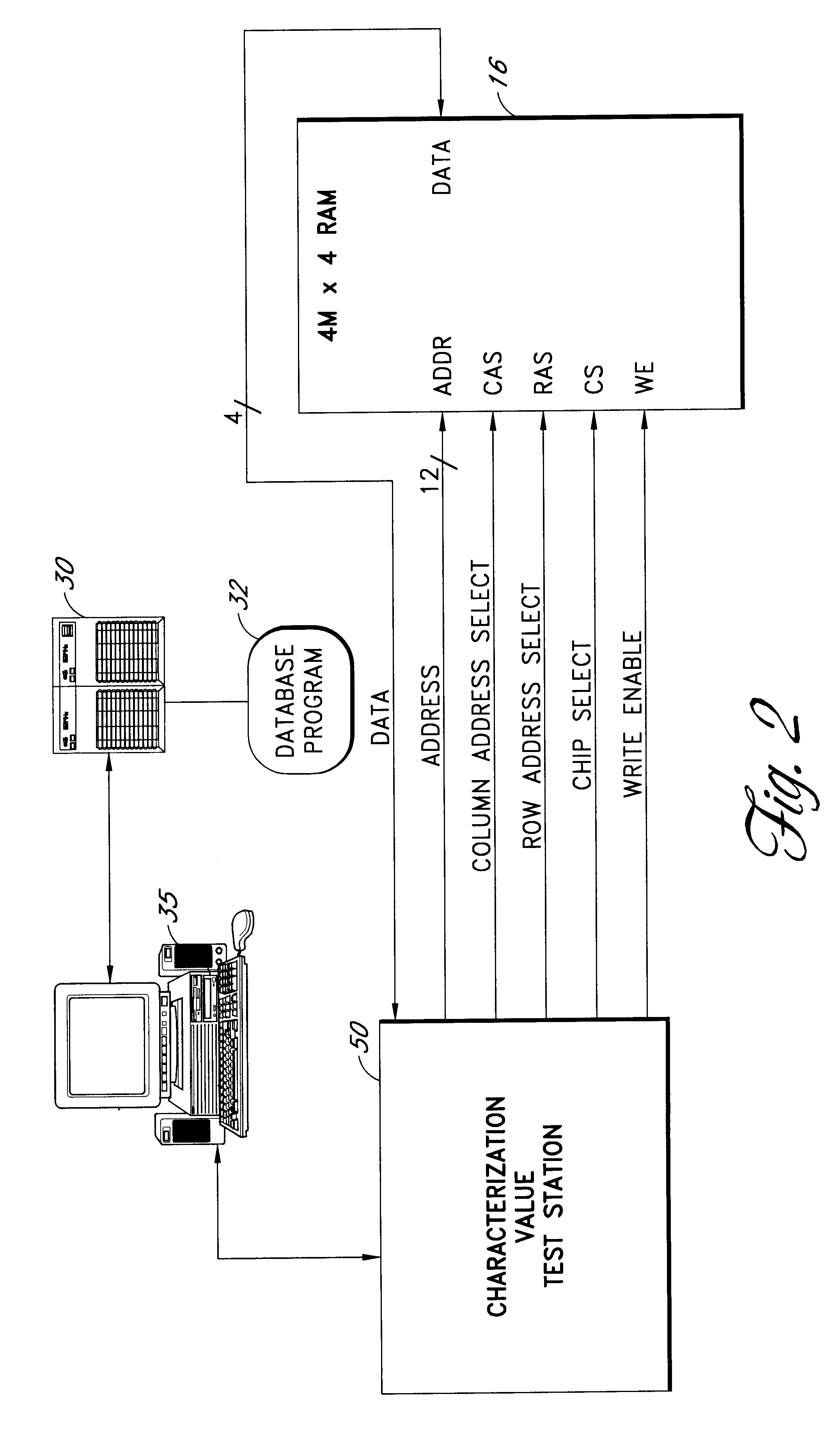System for identifying a component with physical characterization
a physical characterization and component technology, applied in the direction of resistance/reactance/impedence, testing circuits, instruments, etc., can solve the problems of inability to identify components with physical characteristics, inability to meet the requirements of manufacturing environment, and failure of identification forms
- Summary
- Abstract
- Description
- Claims
- Application Information
AI Technical Summary
Problems solved by technology
Method used
Image
Examples
Embodiment Construction
The present invention relates to the identification of electronic components based upon selected inherent physical characteristics. Electronic component identification by physical characterization, as will be discussed in greater detail below, may be utilized in a variety of settings. In particular, physical characterization identification of components may be exploited in various production applications including component information retrieval, module programming, and component manufacturing quality control. Identification by physical characterization is beneficial because added identification "tags" or "marks" (e.g., barcodes, fuse identification numbers) are not required. In addition, a sufficient number of physical characteristics, which are necessary to produce a unique identification value for each component, may be measured in a relatively minuscule amount of time, thereby making this process valuable in a production environment.
As used herein, the term "component" includes ...
PUM
 Login to View More
Login to View More Abstract
Description
Claims
Application Information
 Login to View More
Login to View More - R&D
- Intellectual Property
- Life Sciences
- Materials
- Tech Scout
- Unparalleled Data Quality
- Higher Quality Content
- 60% Fewer Hallucinations
Browse by: Latest US Patents, China's latest patents, Technical Efficacy Thesaurus, Application Domain, Technology Topic, Popular Technical Reports.
© 2025 PatSnap. All rights reserved.Legal|Privacy policy|Modern Slavery Act Transparency Statement|Sitemap|About US| Contact US: help@patsnap.com



